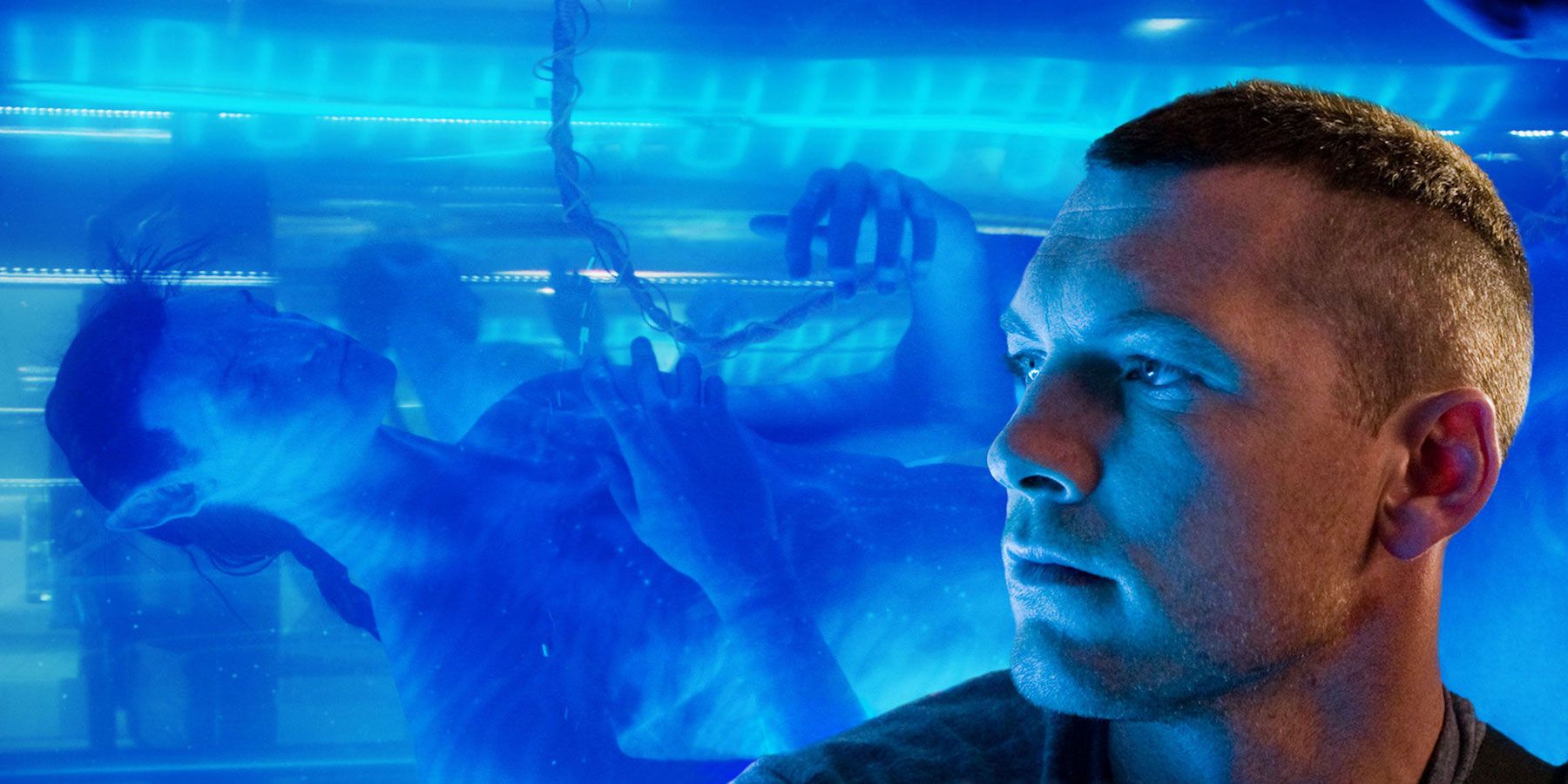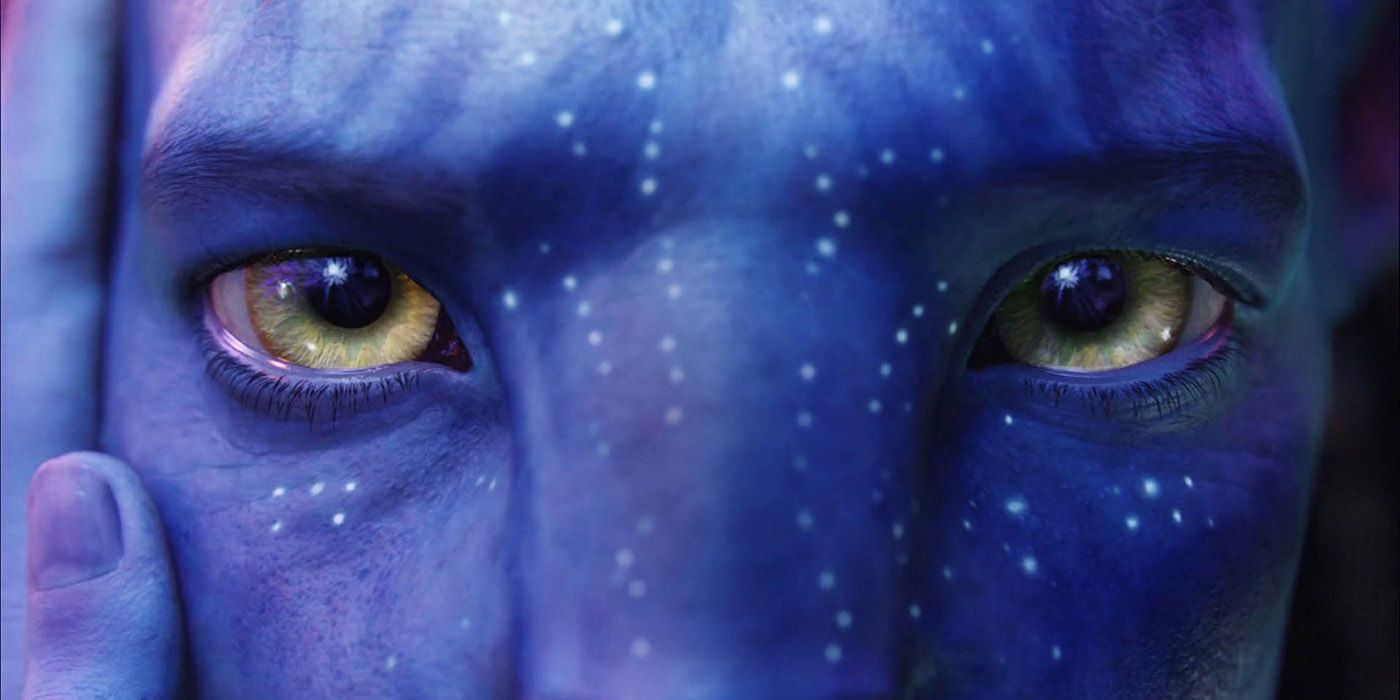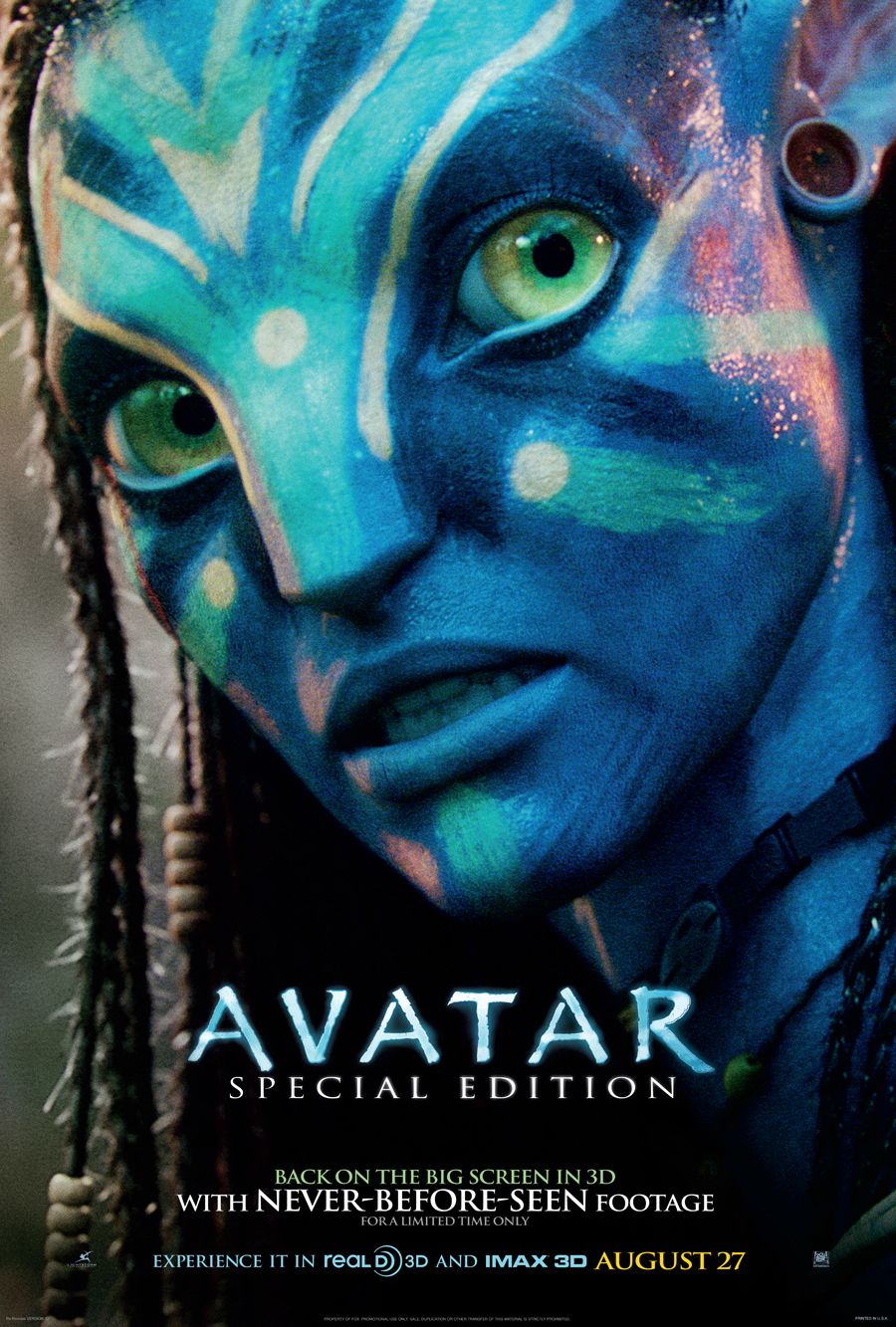James Cameron did groundbreaking work with motion capture in the original Avatar, and he’s now set to push the technology further by taking things underwater for his forthcoming sequels. The original movie followed a crippled soldier (Sam Worthington) who uses an avatar body to become part of an alien tribe and ends up having to defend his new home from human invaders looking to wipe them out.
Avatar was a huge success, pulling in nearly $3 billion worldwide and becoming the highest grossing movie of all time, surpassing Cameron’s own Titanic in second place. While the effects and technology used to bring the world of Pandora to life were praised, reviews found the film's story and character somewhat lacking. Nonetheless, Cameron is developing four sequels to the movie, with the first follow-up due to arrive by Christmas 2020.
Related: Avatar Sequels Get Release Dates
The first two sequels are set to take place primarily underwater, and in an exclusive interview with Collider Cameron has revealed he and his team have solved the technical challenge of filming motion capture performances underwater:
“Well, we’re doing it. It’s never been done before and it’s very tricky because our motion capture system, like most motion capture systems, is what they call optical base, meaning that it uses markers that are photographed with hundreds of cameras. The problem with water is not the underwater part, but the interface between the air and the water, which forms a moving mirror. That moving mirror reflects all the dots and markers, and it creates a bunch of false markers. It’s a little bit like a fighter plane dumping a bunch of chaff to confuse the radar system of a missile. It creates thousands of false targets, so we’ve had to figure out how to get around that problem, which we did. Basically, whenever you add water to any problem, it just gets ten times harder. So, we’ve thrown a lot of horsepower, innovation, imagination and new technology at the problem, and it’s taken us about a year and a half now to work out how we’re going to do it.”
It seems the long delay between the original Avatar film and the sequels had largely to do with developing this new tech, with the director having literally just performed the first successful test:
“We’ve done a tremendous amount of testing, and we did it successfully, for the first time, just last Tuesday [November 14th]. We actually played an entire scene underwater with our young cast. We’ve got six teenagers and one seven-year-old, and they’re all playing a scene underwater. We’ve been training them for six months now, with how to hold their breath, and they’re all up in the two to four-minute range. They’re all perfectly capable of acting underwater, very calmly while holding their breath. We’re not doing any of this on scuba. And we’re getting really good data, beautiful character motion and great facial performance capture. We’ve basically cracked the code.”
Cameron is no stranger to filming underwater, of course, having previously directed The Abyss and Titanic. The director also likes an extreme technical challenge with each new film project, be it CGI in Terminator 2 or spending years developing 3D cameras for Avatar. Some may question the wisdom of waiting so long to make sequels to the original movie, but given the long period of development and the technical challenges involved, it seems the director needed that amount of time to ensure the Avatar sequels will be something audiences have never experienced before.
MORE: The Avatar Sequels Are Worth Their $1 Billion Budget
Source: Collider





